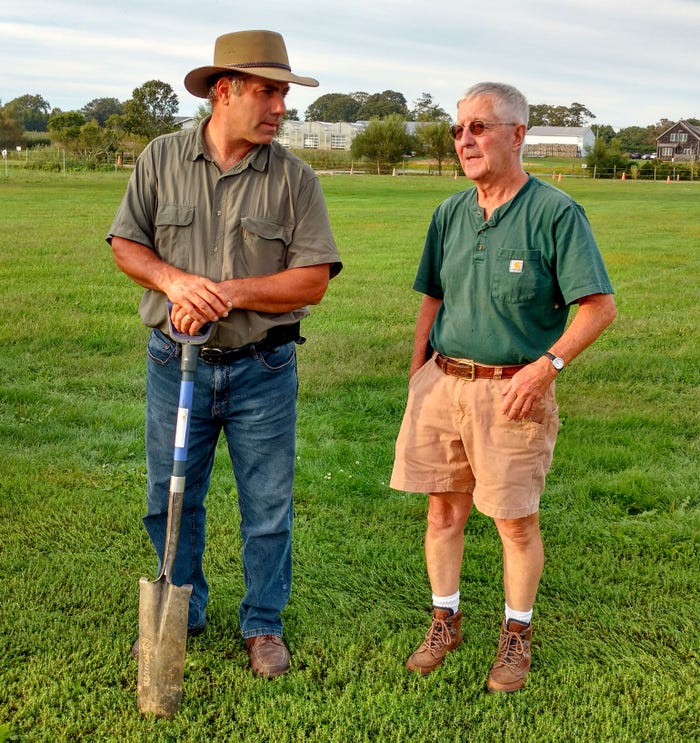November 21, 2018

I frequently hear of landowners who don't want their renters to plant cover crops because they're uncomfortable with something other than cash crops growing in their fields. On the flip side, some landowners want farmers to plant cover crops as a way to enhance their soil.
Regardless, if you are a landowner or renter, here are some tips on how to make this a win-win for all:
Identify common ground
As in any negotiation, it's important to discover shared goals. The key selling point to a landowner is the increased value a cover crop can give toward soil health, including increased organic matter and less soil erosion. From a landowner's standpoint, the question that really matters is: Do cover crops pay?
In some instances, landowners will either reduce rent or even pay for the cost of the cover crop seed and related establishment costs. Regardless, a long-term lease is highly recommended when the use of cover crops is expected.
Show the value
A tenant who wants to plant cover crops on rented land needs to convince the landowner the value this practice brings. Depending on the situation, bring the landowner to one of the fields you've been using cover crops on and show them what cover crops do for the soil.
One of the most valuable tools you have is a shovel. Use it to show the well-aggregated soil that looks like chocolate cake. Even better, show them a comparative field that does not have a history of cover crops and observe the difference. Point out earthworm holes and their castings scattered on the soil surface. Seeing is believing!
Communicate effectively
If the landowner shows interest in cover crops or soil health, make a point to communicate with them throughout the year to either explain what you're doing or show them a teachable moment that may come up.
This could be when a torrential thunderstorm dumps heavy rain and the fields don't have much, if any, soil erosion. Or you can show how the cover crop has suppressed herbicide-resistant weeds that have been a problem in the past.
 COMMUNICATE EFFECTIVELY: Always communicating with the landowner is one of the best ways to show the value of cover crops on the land.
COMMUNICATE EFFECTIVELY: Always communicating with the landowner is one of the best ways to show the value of cover crops on the land.

Communicating often will go a long way to cementing a good working relationship.
Follow-up
It's just good business to follow-up with the person you are renting land from. If they have questions or you haven't spoken to them in a while, make a point to keep the cover crop discussion active. And here's a brilliant idea: Bring them a bouquet of flowers from the blooming cover crops grown on their fields. That would surely impress them!
Absentee Landlords
Dealing with absentee landlords is the biggest challenge. Communication can be very difficult, but there are some ways to overcome that. Send emails or texts of cover crops growing in the fields, or of an earthworm hole. Explain what you're doing with the cover crops and send them weblinks to articles that reference the merits of cover crops.
The Coach's Closer
I've been using cover crops for over 20 years. Five landowners have contacted me the past two years requesting I farm their land. I can't promise that opportunity will happen to anyone else, but it sure does say a lot about the value they perceive in how their land is taken care of!
Groff is a cover crop pioneer and innovator who farms in the Chesapeake Bay Watershed. Check out his website, covercropcoaching.com.
About the Author(s)
You May Also Like




